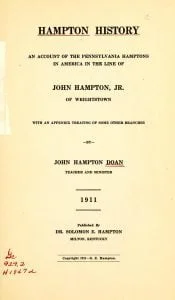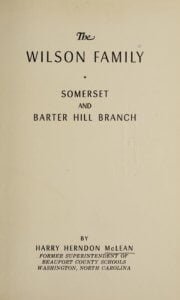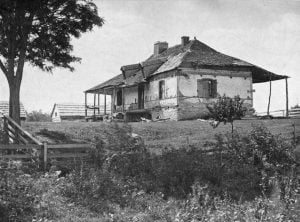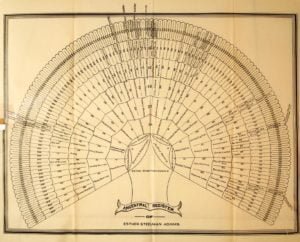Governor Houston’s Life Among the Indians
The year following his failure to secure the contract, Houston spent writing letters defending his acts and denouncing the officials who had been discharged. In addition to the Indian officials, he poured his wrath and denunciation on Colonel Hugh Love, a trader on the Verdigris whom Houston accused of being in league with the Indian Agent to rob the Creeks; Love replied to Houston with some spirited charges against the latter. Stung by the contents of an article appearing in a Nashville paper, in a burst of passion Houston gave to the press of Nashville a most intemperate letter, July 13, 1831, beginning:










